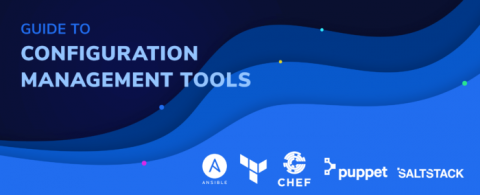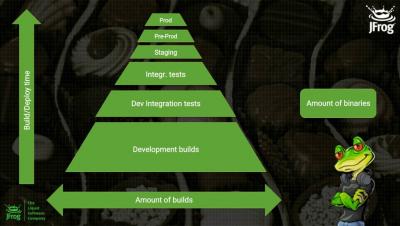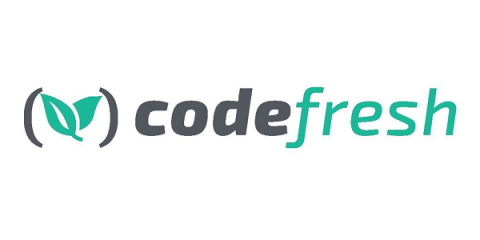Work smart, not hard - fun applications to help you do less in your day
Modern-day life is fast, hectic, demanding. Time is precious, and we often need to be able to squeeze every atom of efficiency from our environment and our tools. But sometimes, the best thing you can do for your productivity is – to do nothing. Sometimes, less is more. In this article, we want to show you a number of nice, fun and not-strictly-productivity-focused apps that can help you relax, forget about the time-efficiency continuum, and recharge your cells for the next lap in the race.











